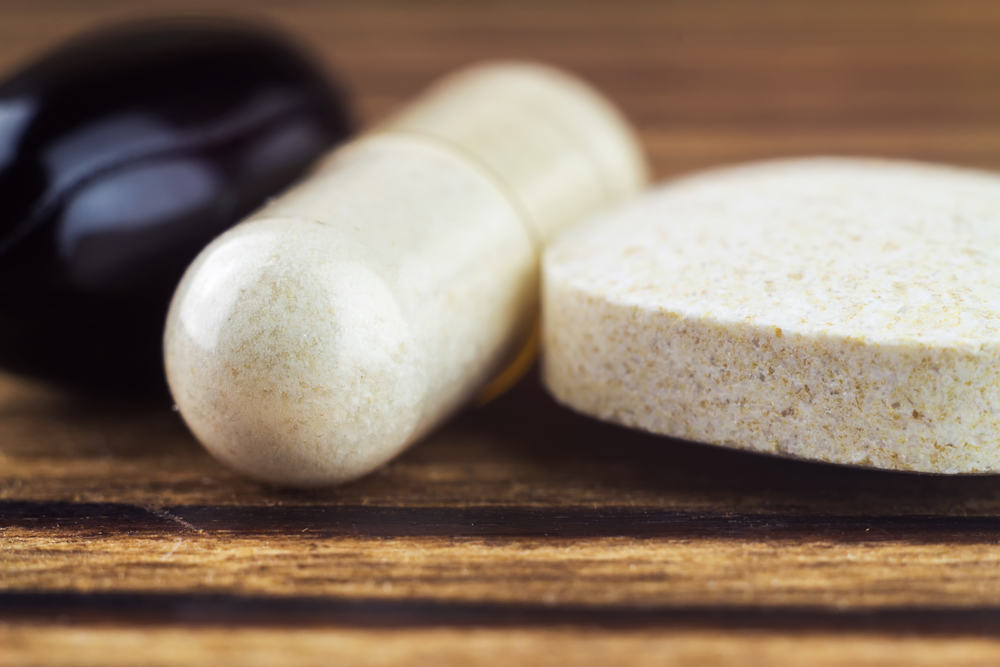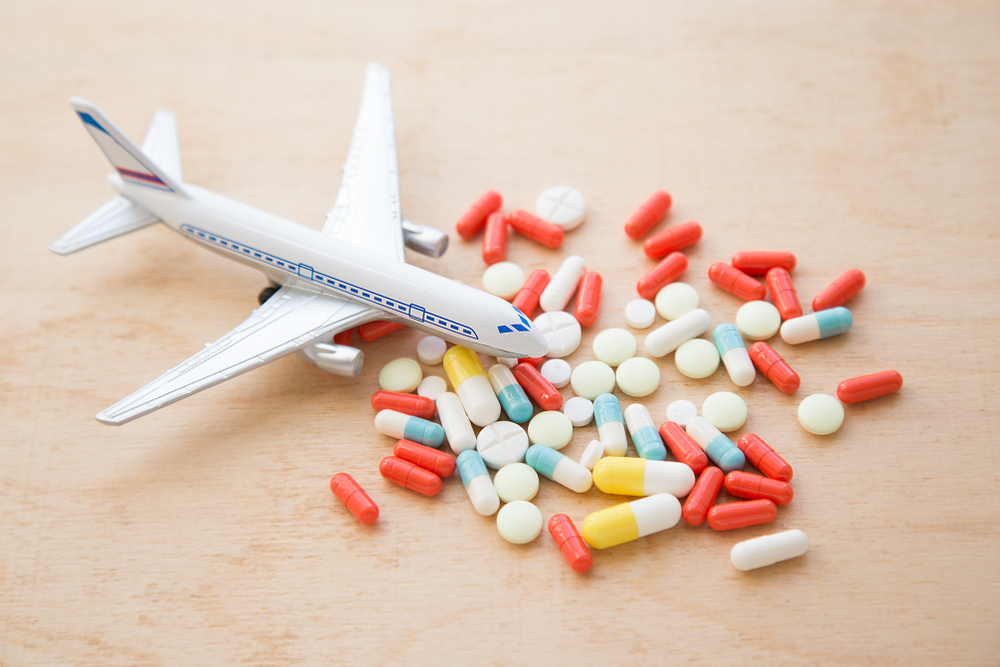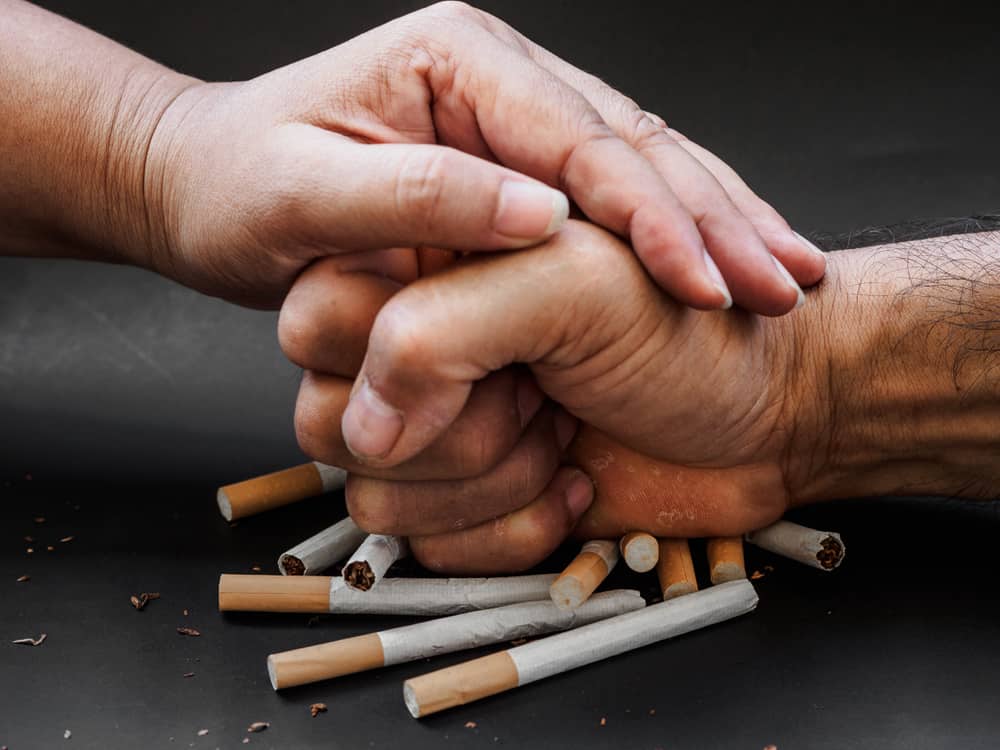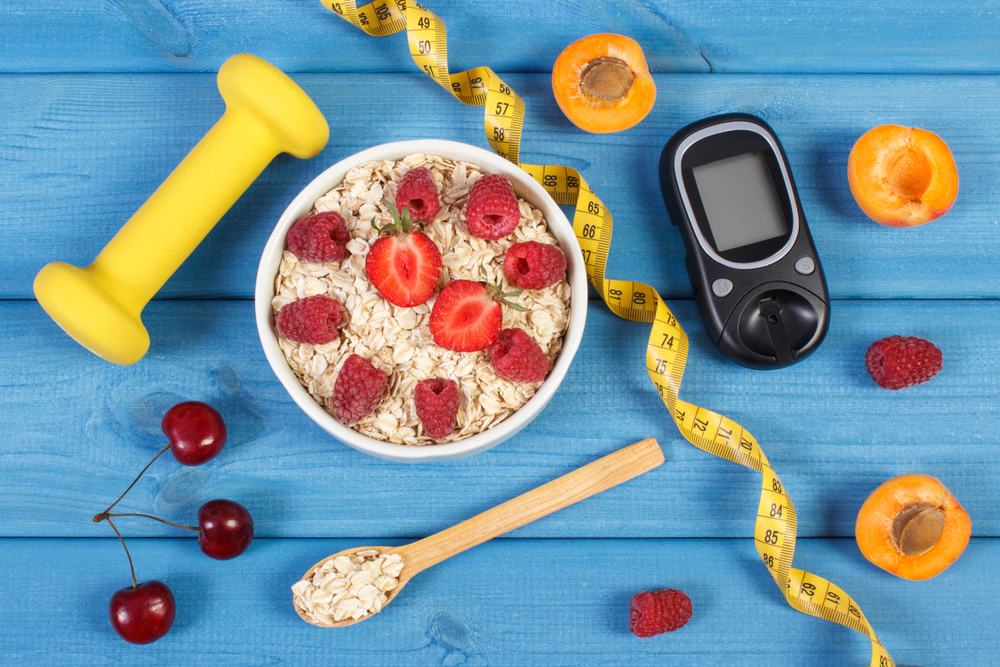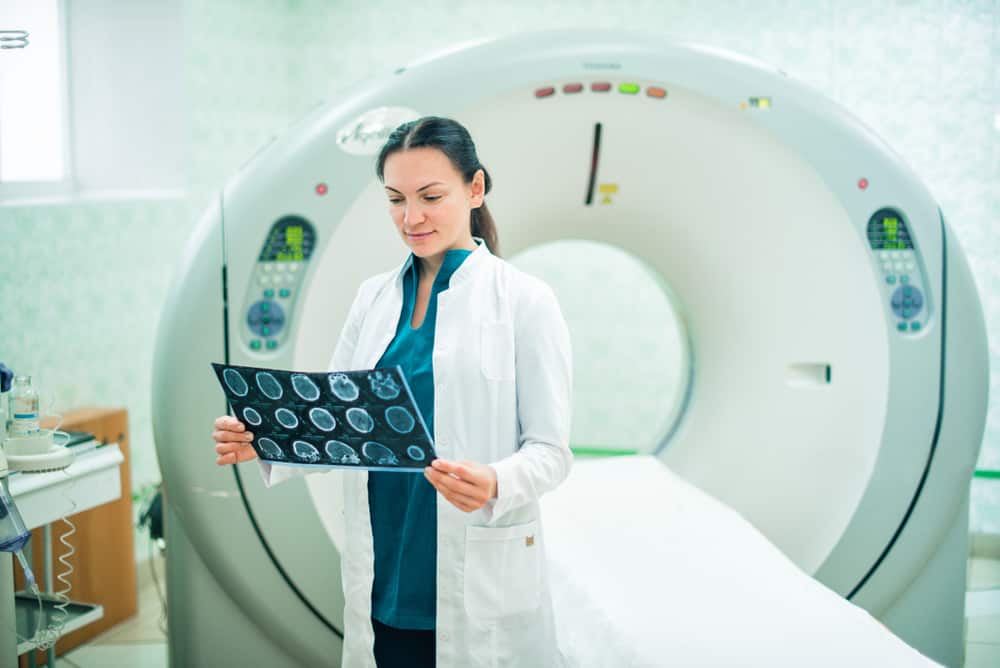Contents:
Medical Video: Getting a VCUG at Children's Mercy (Girls)
Definition
What is a cystourethrogram?
A cystourethrogram is an x-ray scan that will take pictures of the bladder and urethra while your bladder is fully filled and when you urinate. A thin and flexible hose (catheter) will be inserted through your urethra to the inside of your bladder. Special fluid (contrast material) that will be seen when scanning an x-ray is then injected into your bladder through the catheter, and the doctor will start scanning the image. An additional x-ray scan will be done when the urine flows out of your bladder, a procedure called voiding cystourethrogram (VCUG).
If x-rays are done when contrast material is being injected into the urethra, this scan is called a retrograde cystourethrogram because the fluid flows into the bladder upside down from the normal urinary flow pathway.
When do I have to undergo a cystourethrogram?
Scanning is done to diagnose the causes of urinary tract infections, especially in children who have had bladder tract infections more than once.
Cystourethrogram is also done to diagnose and check:
- difficulty emptying the bladder
- birth defects in the bladder or urethra
- narrowing of the ureter (the channel that transports urine from the kidneys to the bladder) in men
- reverse flow (reflux) urination from the bladder to the kidneys
Prevention & warning
What should I know before undergoing a cystourethrogram?
Voiding cystourethrogram tests cannot check for obstruction of urinary flow from the kidneys. Additional examination is needed if there are suspected obstacles in the flow of urine. A voiding cystourethrogram test should not be performed when an active bladder tract infection is detected and has not been treated.
Process
What should I do before undergoing a cystourethrogram?
Tell your doctor if:
- You are breastfeeding. Contral material (x-ray fluid) used during the test can be absorbed into breast milk. Do not breastfeed your baby for 2 days after performing this procedure. To work around this, you can pump and store milk before you undergo a cystourethrogram, or give formula milk to your baby. Squeeze and dispose of breast milk for 2 days after undergoing the test
- You show signs of bladder tract infection, such as pain or a burning sensation when urinating
- You have an allergy to iodine dyes that are used as contrast material during a cystourethrogram test, or other substances containing iodine. Also tell your doctor if you have asthma, are allergic to certain drugs, or have had a serious allergic reaction (anaphylaxis), like a sensation that you can after being stung by a bee or eating shrimp / shellfish
- in 4 days, you have performed an x-ray using barium contrast material, such as barium enema, or have taken drugs (such as Pepto-bismol) that contain bismuth. Barium and bismuth can affect test results
- You have an intrauterine device (IUD), or a contraceptive implanted in the womb
This test is commonly done in children to see if they have abnormal urine backflow (vesicoureteral reflux). Prepare your child for the examination and the series of tests needed by explaining in a way that is acceptable to young children. Use positive words as often as possible. Doing this will help your child understand what to deal with during the examination and reduce fear.
Discuss with your doctor about the concerns you have about this test procedure, the risk opportunities, how the procedure was carried out, or the results you received.
What is the cystourethrogram process?
Cystourethrogram is performed by a urologist or radiologist. The medical officer will be assisted by an x-ray technician. You usually do not have to carry out hospitalization to do this test. You will be asked to remove some or all of your clothes, instead you will be given a special cloth to cover your body during the test. You will be asked to urinate before the test begins.
You will be lying on your back on the examination table. Your genital area will be sterilized and coated with sterile cloth. Male patients will be given a protector made of tin to protect their genital area from radiation exposure. However, the ovaries in female patients cannot be protected without blocking the bladder image.
The catheter will be inserted slowly through the urethra into the bladder. Liquid contrast material will then be injected through a catheter to fill your bladder. Scanning an image will be done when you stand, sit, and lie down. Then, the catheter will be removed and the doctor will take an x-ray image when you urinate. You may be asked to stop urination, change positions, and start urination again. If you have difficulty urinating in one position, you will be asked to try again in a different position.
This test usually takes around 30-45 minutes.
What should I do after undergoing a cystourethrogram?
A radiologist will supervise and explain the procedure, then analyze the results of the images obtained to be sent to the doctor or therapist who handles you, who is responsible for explaining the results of the test to you. Further examination may be needed, and your doctor will explain the exact reason why you need additional test. Sometimes, follow-up tests are carried out based on the doctor's suspicion of foreign findings on test results that require further clarification with other special scanning techniques. Further examination is also needed to monitor whether there have been changes in abnormal results that have been previously known. Follow-up examinations are sometimes the best way to check whether therapy is running smoothly or an abnormality is calculated to be stable over time.
Explanation of Test Results
What do the test results mean?
Some cystourethrogram test results can be received immediately after the procedure is over. The final results will follow within 1-2 days thereafter.
| Cystourethrogram | |
| Normal: | The bladder looks normal The flow of urine from the bladder smoothly The bladder can be completely empty Liquid contrast material drifts smoothly through the smooth walled urethra |
| Abnormal: | Gall gall bladder, tumor, or narrowing (diverticula) in the urethra or bladder is detected If the test is carried out because of an injury to the bladder, a tear is found on the wall of the urethra or bladder Urine flows backward from the bladder to the ureter (vesicoureteral reflux) Fluid contrast material leaks out of the urethra The bladder is not completely empty Enlarged prostate gland |
What can affect the test?
The reasons below explain why you cannot do a test or your test results may not be clear:
- there is barium (the rest of the barium enema test that has ever been done), gas, or feces in the digestive tract
- can not immediately urinate
- complaining of pain caused by pain from the catheter inserted. This can also cause problems with your urination. You may experience muscle spasms or not be able to fully relax the muscles in your bladder
Cystourethrogram is usually not done during pregnancy because x-ray radiation can be at risk for fetal health.
Hello Health Group does not provide medical advice, diagnosis or treatment.

